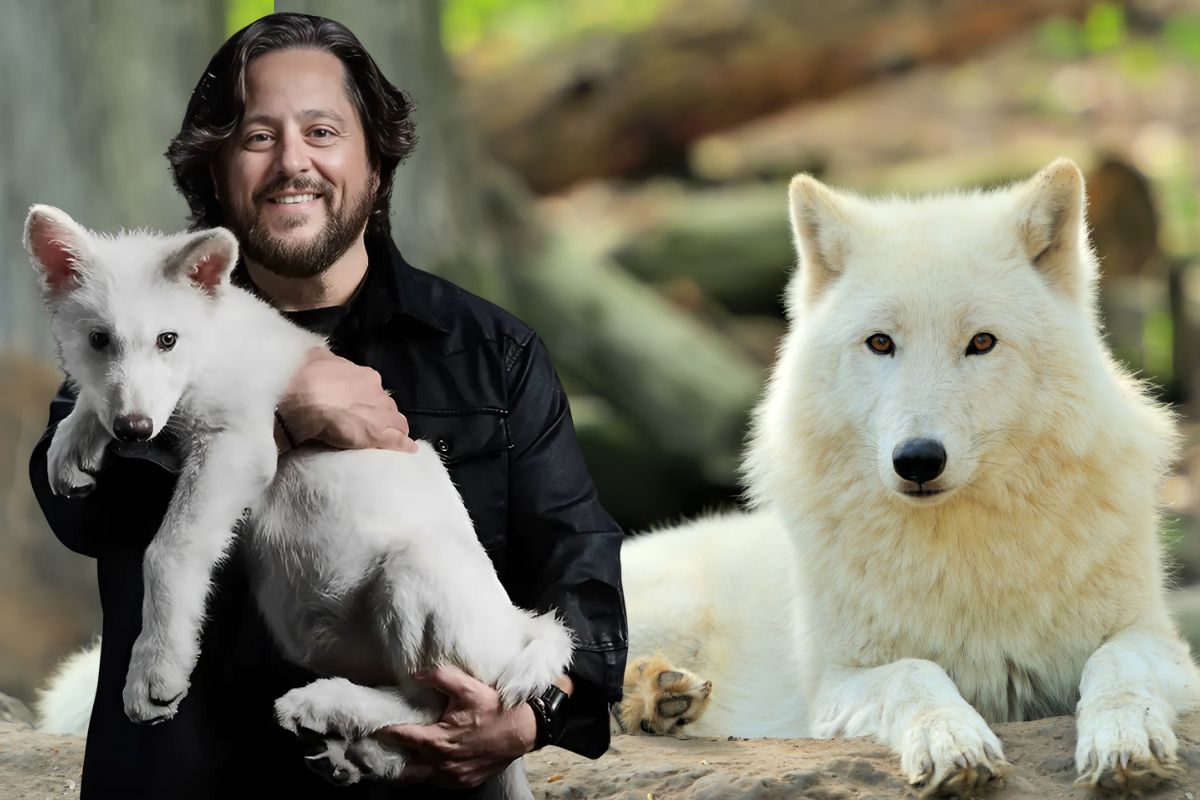Colossal Biosciences has revealed that the dire wolf (Aenocyon dirus), a species that went extinct more than 10,000 years ago, has been successfully brought back to life. It is the first time a dead species has been brought back to life, which is a huge deal that will set a standard for future DNA and conservation efforts.
During the Late Pleistocene, the dire wolf lived in many parts of North and South America. The animal was dangerous. People who could shoot the best. They were about 5 feet long and 200 to 150 pounds heavy. It was horses, bison, and ground sloths that they killed. They were one of the best hunters of their time because they were big and strong.
Also read: Jay North, Iconic ‘Dennis the Menace’ Actor, Dies at 73 After Battling Cancer
A lot about the dire wolf’s body and habits has been learned from fossils found in places like the La Brea Tar Pits in Los Angeles. More than 3,600 dire wolf bones have been found in these tar pits, showing how common they were in the area during the Ice Age.
To start this big project, Colossal Biosciences took genetic material from ancient dire wolf bones, like a tooth from 13,000 years ago and a brain from 72,000 years ago. Scientists used cutting-edge CRISPR gene-editing technology to carefully put together the dire wolf genome. Then, to make the eggs look like dire wolves, they made 20 exact changes to 14 key genes in gray wolf eggs.

When three healthy dire wolf pups were born, all of this hard work paid off. Their names are Romulus, Remus, and Khaleesi. These puppies were born in October 2024 and look and act like members of the vanished species. They are being raised in a large, safe natural haven so scientists can watch them grow and collect information about their health, behavior, and environmental effects.
CEO of Colossal Biosciences Ben Lamm talked about the bigger effects of this achievement. He said it was both a technical marvel and a big step forward in saving species. He talked about how these kinds of projects could help protect rare species and bring back landscapes that have been lost.
However, change has caused arguments in the science community about whether de-extinction is moral and whether it is good for the environment. Some people say that the rebuilt animals have some dire wolf features, but they are not exact genetic copies of the original species. Some people are also scared about what will happen to the animals and the land. But the dire wolf’s return shows how far genetic engineering and conservation biology have come in a short time. Scientists can look at extinct species in new ways, and they hope to add variety to the places where these species used to live and grow.
Also read: Tempura Cheesecake: A Delectable Fusion of Cultures
Everyone is keeping an eye on Romulus, Remus, and Khaleesi as they grow. Also, everyone wants to know what will happen when the dire wolf comes back to life. Earth and the animals we’ve killed deserve a lot from us. We are amazed by this project, which shows us what science can do now.
